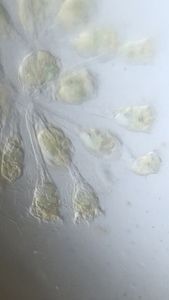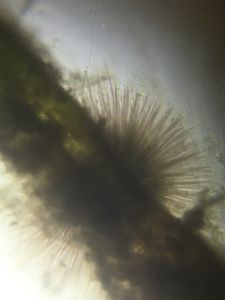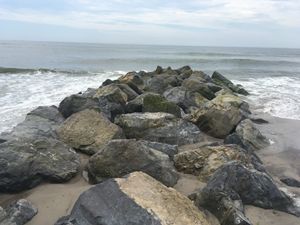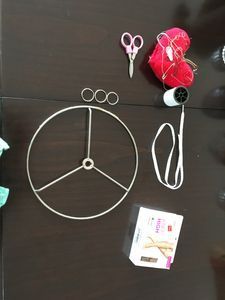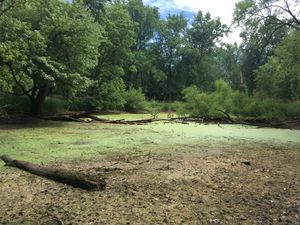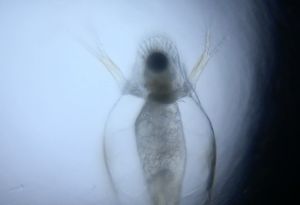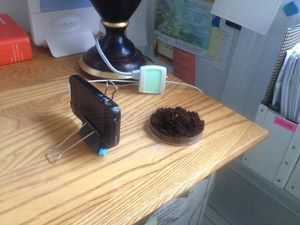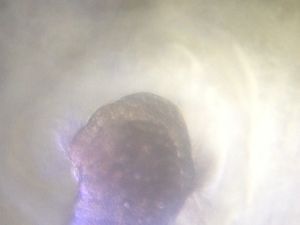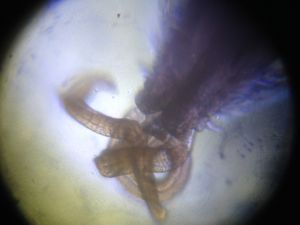Darwin’s Barnacles
 Feb 08, 2016 • 10:08 PM UTC
Feb 08, 2016 • 10:08 PM UTC Unknown Location
Unknown Location 140x Magnification
140x Magnification Unknown
Unknown
Matthew Rossi
I'm a novelist, essayist, and a writing consultant. I work in the writing centers at Columbia and Baruch University and explore research into the overlap of maker cultures and writing. My work with the Foldscope tends to focus on finding wild creatures in urban spaces and looking at how human works are shaped by the movements of the biosphere.
40posts
105comments
4locations
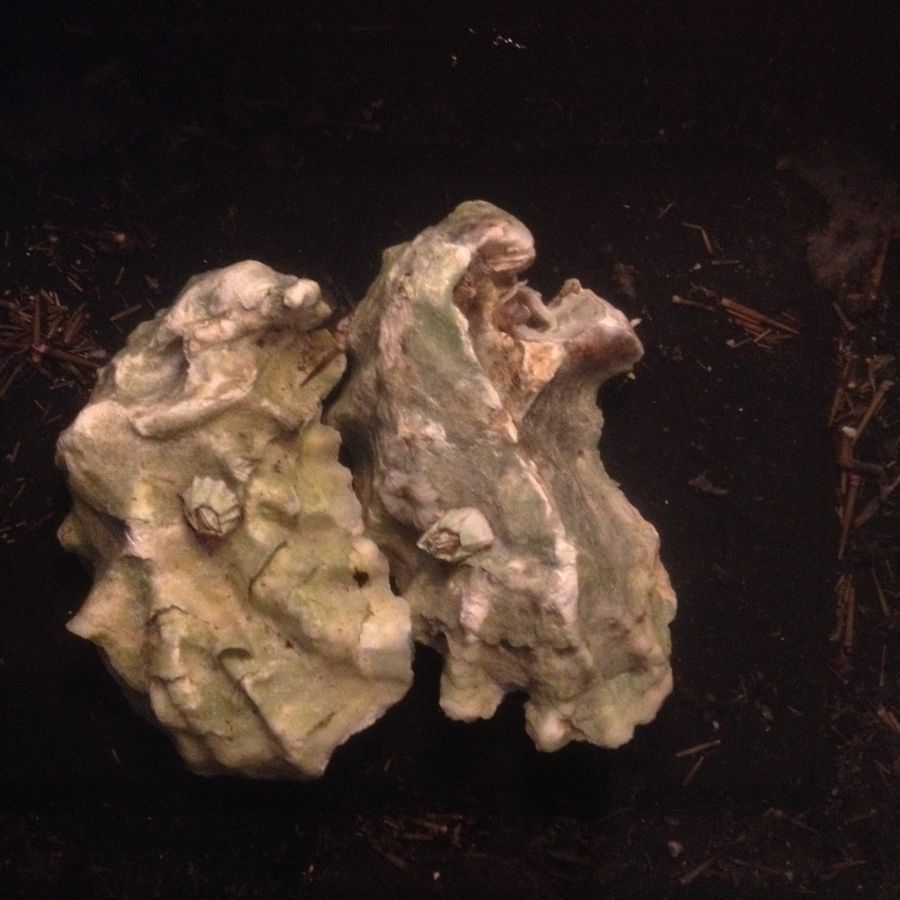
As the weather finally gets a bit colder, I find myself drawn away from the water itself and more toward indoor places where I can grab a quick drink and a bite to eat. Recently, I ordered some oysters at a favorite bar where the oysters come straight from the left coast. Aside from the oysters being delicious (and Washington oysters being doubly so), the gnarled and fractaled shell provided a perfect location for a few barnacles to make their homes.
This provides a unique opportunity from an imaging perspective. Though I’m tremendously interested in barnacles (their life cycle is so tantalizingly weird), their preference for growing on rocks makes them pretty tough to look at unless you have an underwater rig or a tank in which to grow them. Mine live in an old takeout container that used to house Chinese food. Set up on oysters, they’re remarkably portable, which means their behaviors are also observable.
Most of my observations have been through a macro lens I made for my phone out of the lens of an old digital camera. It gives me this bit of footage of one feeding.
This provides a unique opportunity from an imaging perspective. Though I’m tremendously interested in barnacles (their life cycle is so tantalizingly weird), their preference for growing on rocks makes them pretty tough to look at unless you have an underwater rig or a tank in which to grow them. Mine live in an old takeout container that used to house Chinese food. Set up on oysters, they’re remarkably portable, which means their behaviors are also observable.
Most of my observations have been through a macro lens I made for my phone out of the lens of an old digital camera. It gives me this bit of footage of one feeding.
And this, more recently, of the same barnacle molting after a few days.
To understand the concept of a barnacle molting took me a few tries. It finally became clearer when someone pointed out that they’re crustaceans. Which is to say, a barnacle is essentially a shrimp that’s fused by its forehead to a rock and uses its leg hairs to catch food (like I said…tantalizingly weird). The molted skin provided an opportunity to see up close what the barnacle’s legs looked like.
I keep comparing the barnacle’s feathery filters to the images I’ve taken of spider’s legs. They share so many physical characteristics–long and spindly, segmented and covered in sensitive hairs–but for such different purpose (though one could argue that both are used to catch food; it’s only the methodology that changes). Under high magnification, we can see how these hairs branch out from the legs as flexible segments of their own (and provides an interesting image of the mechanism of the hairs at work).
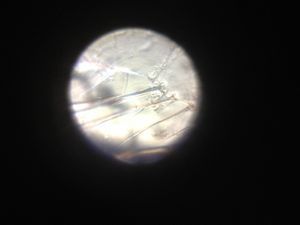
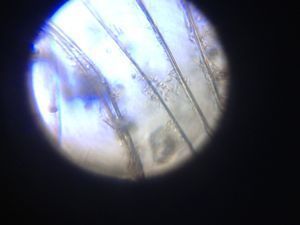
It’s no wonder that Darwin found these creatures so fascinating, why he spent almost a decade studying them while he sat on his Origin of the Species. They’re such a great expression of the way modifications in the same forms can create whole new creatures with brilliantly different ways of living. The ability of the barnacle to claim a niche as a filter feeder, while only changing slightly (and very little from its life cycle) out of the form of the free swimming clam shrimp I found recently in fresh water is an incredible demonstration of Darwin’s principles.
Turning away, momentarily, from the barnacles, the oysters act as a tiny ecosystem in and of themselves. Present on their shells are what appear to be the skeleton of a small, flat coral (visible next to the barnacle at 40 seconds).
Turning away, momentarily, from the barnacles, the oysters act as a tiny ecosystem in and of themselves. Present on their shells are what appear to be the skeleton of a small, flat coral (visible next to the barnacle at 40 seconds).
I have also found walking around the tank, a tiny oyster (too large to effectively image with a microscope) and the discarded shell of a small bivalve.
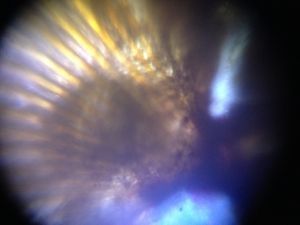
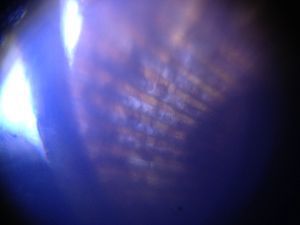
The ridges on its shell make me think it was some species of cockle, or possibly a scallop. And turning the scope to the body of a dead barnacle drifting in the water, I find this swimming around.
It’s not clear to me exactly what it is. A rotifer perhaps. It’s ability to move incredibly fast reminds me of a previous post of other protozoa seeming to move at the speed of light.
This makes me want to engage in a new experiment. The common refrain about oysters (eaten raw) is that they taste like the ocean from which they come. I’ve observed this is true. Atlantic oysters on the whole are saltier in flavor, while the Pacific tend to have a more creamy, vegetable taste to them. I suspect some of the reason for this is that the oyster literally traps parts of the ocean in its liquor, so that when we eat an oyster, we’re eating some of the ocean they come from. What I wonder is how much of that ocean has been trapped and how much of an ecosystem is contained therein. Even scrubbed, shucked, and served on ice, these oysters have proven to contain whole worlds on their shell. My next step, then, is to catch some of the water in their shell and see what I find there.
This makes me want to engage in a new experiment. The common refrain about oysters (eaten raw) is that they taste like the ocean from which they come. I’ve observed this is true. Atlantic oysters on the whole are saltier in flavor, while the Pacific tend to have a more creamy, vegetable taste to them. I suspect some of the reason for this is that the oyster literally traps parts of the ocean in its liquor, so that when we eat an oyster, we’re eating some of the ocean they come from. What I wonder is how much of that ocean has been trapped and how much of an ecosystem is contained therein. Even scrubbed, shucked, and served on ice, these oysters have proven to contain whole worlds on their shell. My next step, then, is to catch some of the water in their shell and see what I find there.
Sign in to commentNobody has commented yet... Share your thoughts with the author and start the discussion!
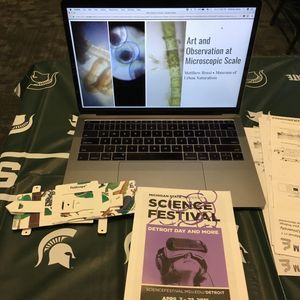
 0 Applause
0 Applause 0 Comments
0 Comments




